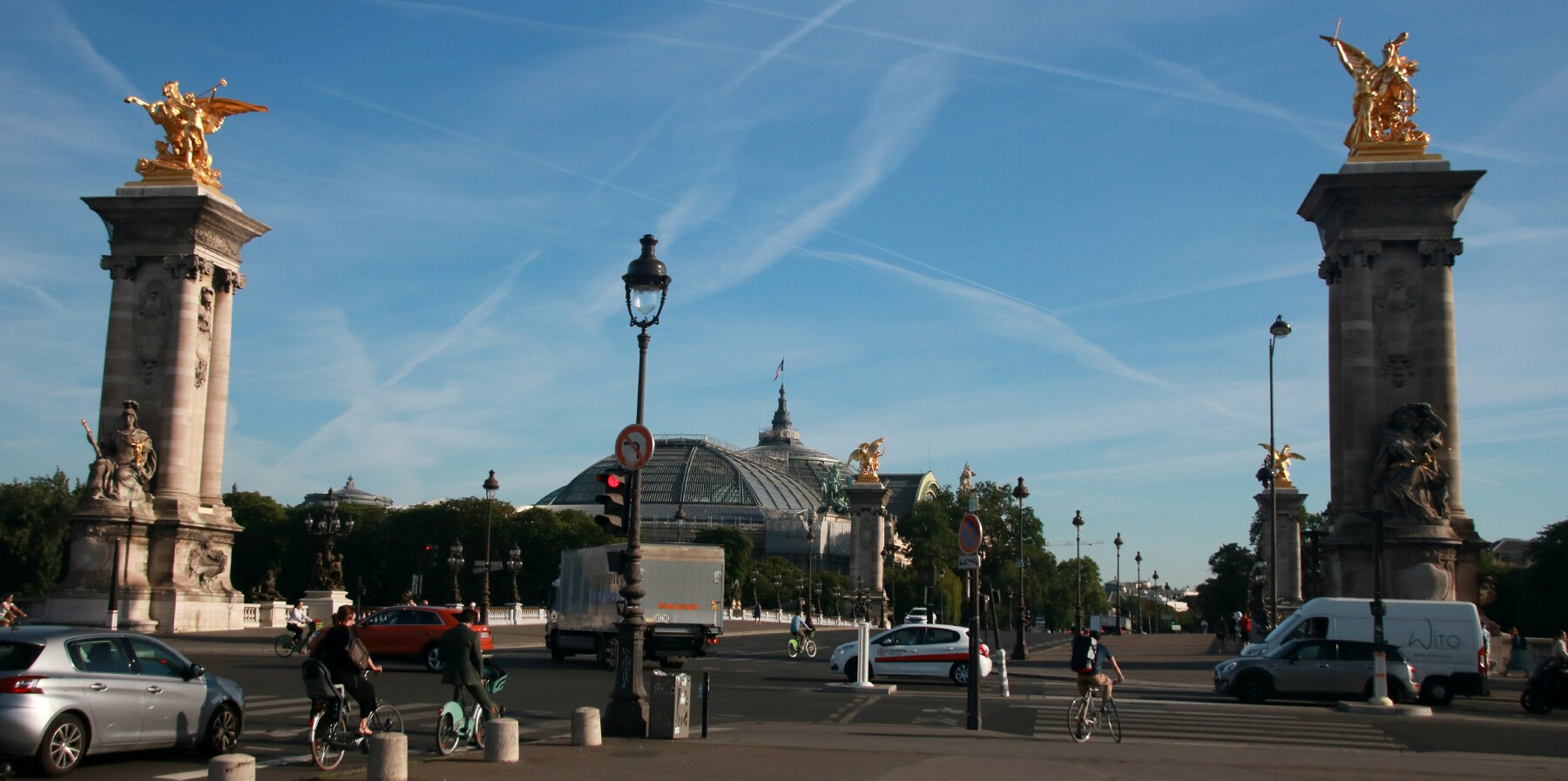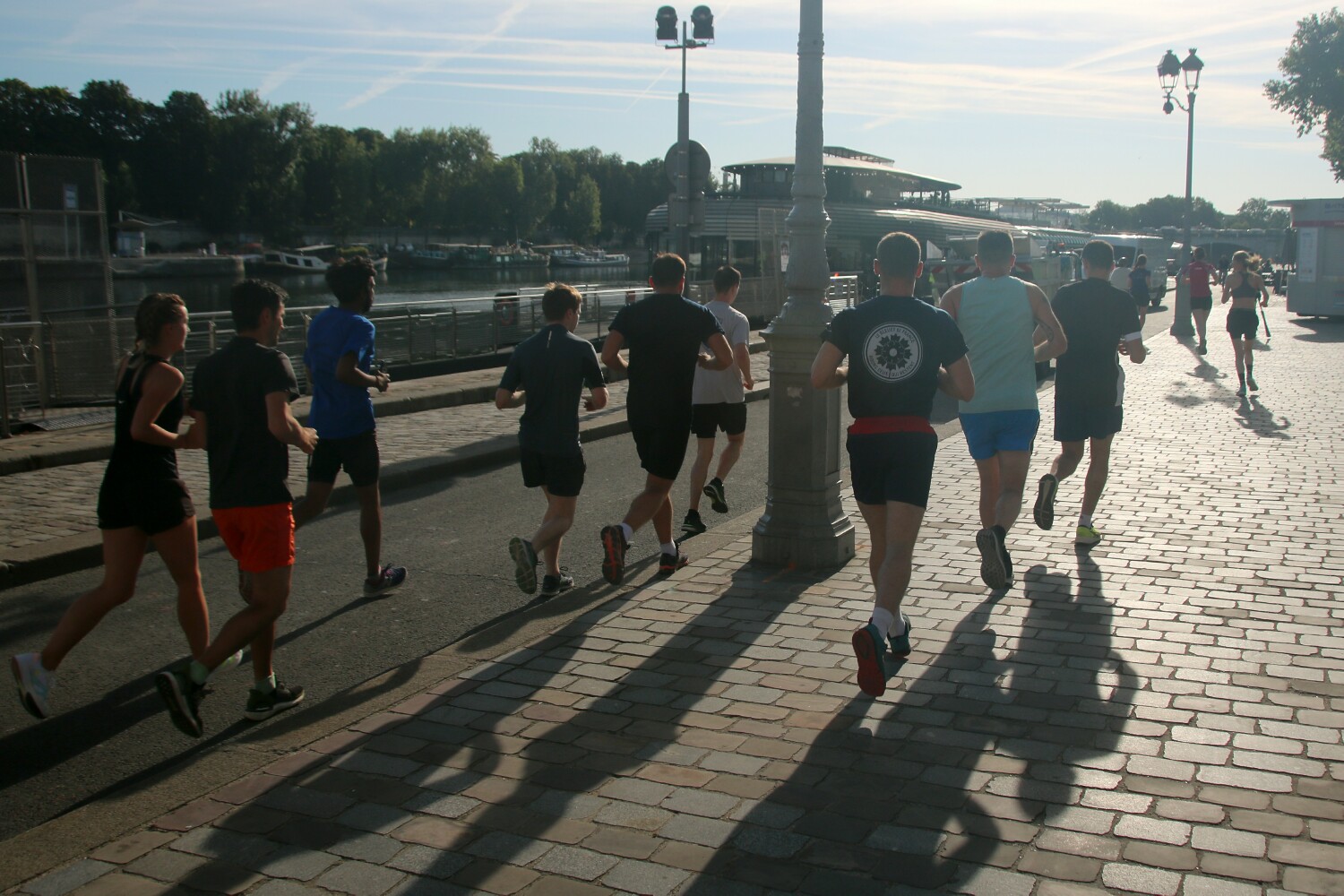Paris: Day 4
June 14, 2022
|
On Day 4, a return visit to Musée d'Orsay, which displays French art dating from mainly 1848 to 1920, including paintings, sculptures, furniture, and photography. Built in
the former D'Orsay train station and luxury hotel, big trains couldn't fit in the station by 1939, and the hotel was closed in 1973. About to be demolished, in 1977
the French government decided to convert the station into a museum, and it opened in 1986. Thought of as an impressionist museum ...
it houses the most impressionism and post-impressionism art in the world ... the vast majority of pieces are not impressionist, but
classical, symbolism, realism, barbizon, post-impressionism, pointillism, the nabis, fauvism, plus plenty of sculptures, sketches, photography and even furniture.
So as travel writer Rick Steves writes, if you like impressionist art, go the museum. If you don't like impressionist art, go to the museum.
After D'Orsay, I went to the Avenue des Champs-Élysées to see the Arc de Triomphe de l'Étoile, and walk down the street by Paris' most exclusive shops (but not buy anything,
I'm not made of money), before returning back to the Latin Quartier, enjoying a crêpe dinner at the imaginatively named La Crêperie, with a view of the Panthéon.
|

Above: The Pont Alexandre III, built 1896 and 1900 in time for the Exposition Universelle World's Fair in 1900.
1 to 5 show the Pont Alexandre III ... jogging below the bridge, the golden sculpture on one of four bridge towers, the Eiffel Tower and
a restaurant boat on the Seine River.
6 and 7 show the Pont de la Concorde, one from the Passerelle Léopold-Sédar-Senghor pedestrian bridge with the love locks.
8 to 10 show the Musée d'Orsay, the elephant statue in front of it, and the view from the 5th floor inside the museum.
Artwork inside Musée d'Orsay ...
... 11 A Street in Paris May 1871, by Maximilien Luce, 1905. It shows the French Army slaughter of workers during Bloody Week May 21-28, 1871.
The workers created the Paris Commune who tried to run Paris after France's defeat in the Franco-Prussian War. It did not go well.
... 12 Entrance at the Port of La Rochelle, by Paul Signac, 1921.
|

|
|